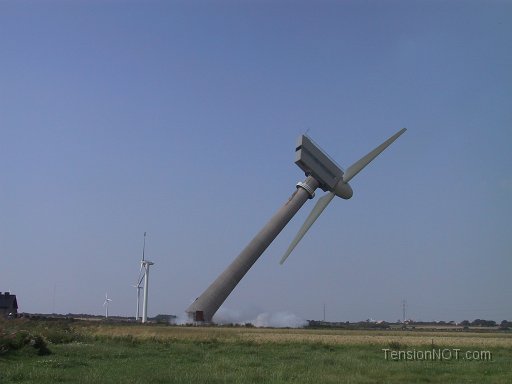With the administration rushing out billions more in these final hours before the fiscal year — and apparently their political slush fund — expires, and news reports rapidly exposing that the ‘green stimulus’ money was something of a Democrat “friends and family” — now for major donors, too! — it’s time to recall what each and every such project had in common, possibly assisting in explaining the proliferation of what might be described as ‘cronies’.
Solyndra may only, as administration apologists cite, represent about 1% of ‘green’ stimulus loot, and friends and family may prove to be parties in some percentage — say, between half and 99% — of the greendoggle recipients. But 100% of the recipient projects require government schemes to exist, and 100% are designed to socialize the risk, keep reward with private ‘investors’ (term used loosely for reason of the socializing of the risk), and pay off for reasons other than their performance or their economics.
When such projects exist — and they do always thanks to the political process — well, cronies do tend to abound. It’s less a bug than a feature.
Specifically, think back to that October 2010 internal memo to the president from senior administration officials including then-National Economic Council chair Lawrence Summers, reported on by the Wall Street Journal and noted (with somewhat less context and illumination) this week by the Washington Post. In it, Summers shared a commonsensical worry: “He believed the government would end up funding projects that would have been built anyway or funding projects that flopped.”
Those two categories represent precisely the universe of what these programs fund.
In the order described by Summers, that would be guaranteed-market schemes like wind farms and solar arrays, and manufacturers of the wind and solar gadgets.
The former stimulus beneficiaries won’t go bust — though they will saddle ratepayers with exorbitant electricity bills in the event renewables ever really did become viable — because state ‘renewable electricity standards’ where they are put up, like California, place them in guaranteed contracts with utilities to buy their output at a massive mark-up over the going rate for electricity, for usually around twenty five years, passing the cost on to the economy.
Why would they need a big loan to guild the facility? Economically frivolous states had already guaranteed the market. The answer is, they don’t.
The latter category, the manufacturers, are the busts. These are the ones whose specific pitch was without this wealth transfer, we don’t go forward. These are the projects which were in fact a gamble particularly dependent on adopting the cap-and-trade scheme to guarantee people would have to buy their stuff. This of course wasn’t viewed as such a gamble, because passage was assumed by all, including DoE when handing over the half billion to Solyndra (and for some months after), what with massive majorities in both the House and Senate guaranteeing it. Until they didn’t.
Regardless, these respective attributes, different if similar government supports paying the schemes off all at taxpayer expense — from loan guarantees to ‘rents’ from a national mandate in the cap-and-trade bill — make it absurd to call them ‘investments’. The risk was spread among taxpayers and the reward left with the private contributors of a typically much smaller share. Who, almost universally had friends or relatives in government. That’s who gets in on ‘sure things’.
This goes a long way in explaining why this most absurd of all of the ‘stimulus’ handout schemes, the ‘green’ programs, are populated by so many political supporters and cronies. The projects are chosen for reasons other than their economics or their performance, but on the basis of politics.
As such, we see the case study in moral hazard that is the slow-motion explosion that is the ‘green’ energy bubble. Expect more connected players to emerge as recipients of these handouts. That they will be among the recipients of ‘green stimulus’ lucre is as predictable as the coming series of further collapses.

COMMENTS
Please let us know if you're having issues with commenting.